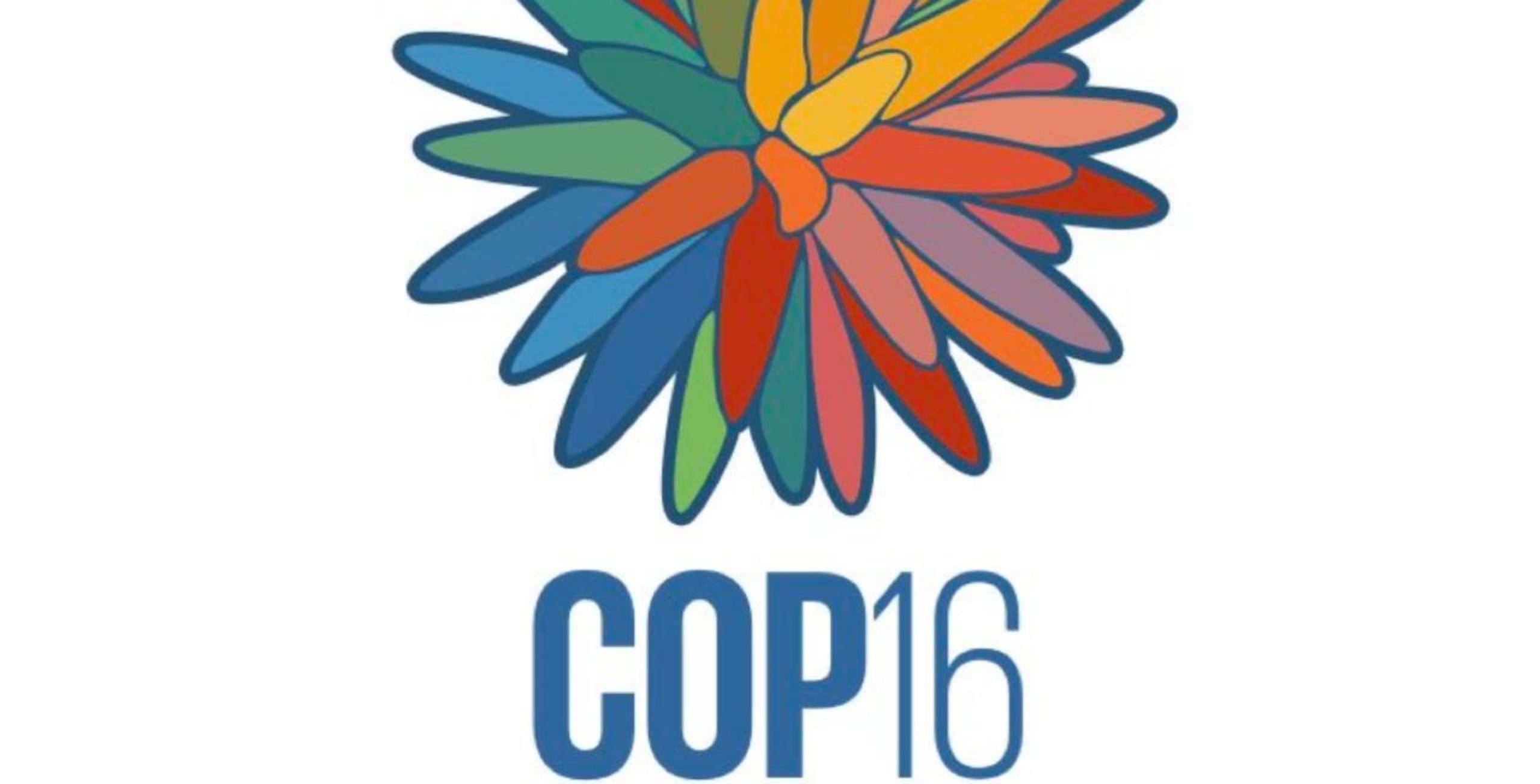The United Nations 16th meeting of the Conference of the Parties (COP 16) to the Convention on Biological Diversity has officially kicked off in Cali, Colombia.
It is the first Biodiversity COP since the adoption of the Kunming-Montreal Global Biodiversity Framework at COP 15 in December 2022 in Montreal, Canada and is being viewed as an implementation conference.
During the opening ceremony on October 21, the United Nations Secretary-General Antonio Guterres rallied countries to make peace with nature.
“For humanity to thrive, nature must flourish. Destroying nature inflames conflict, hunger & disease, fuels poverty, inequality and crisis. The task of COP 16 Colombia is to convert words into action” he argued.
The Convention of Biological Diversity Parties will take stock of progress towards the 23 ambitious targets for 2030 and four goals for 2050 agreed in the Kunming-Montreal Global Biodiversity Framework.
The four goals include: Increasing the integrity and resilience of ecosystems, species and genetic diversity Goal, sustainably use and manage Biodiversity, share the benefits of genetic resources with local communities and indigenous people and ensuring all parties have the means to implement the GBF.
Different parties in attendance including Kenya are expected to show the alignment of their National Biodiversity Strategies and Action Plans (NBSAPs) with the Global Biodiversity Framework and to have submitted their national targets by the 21st of October 2024.
While adopting the Kunming-Montreal Global Biodiversity Framework, all Parties committed to setting national targets to implement it. Kenya was among the parties that committed to setting national targets and submitted its national targets by July 2024.
However, out of the 196 countries, only 33 have submitted their National Biodiversity Strategies and Action Plans (NBSAPs) and 105 have submitted their national targets.
Kenya represented
Kenya is yet to submit its NBSAPs, alongside its East African counterparts Tanzania, Rwanda, Burundi, Ethiopia, Somalia, South Sudan, Sudan and many other African Countries.
In East Africa, only Uganda has submitted its National Biodiversity Strategies and Action Plans (NBSAPs).
Linda Kosgei, the Head Multilateral Environmental Agreements Directorate Ministry of Environment, Climate Change and Forestry is part of the Kenyan delegation that graced the opening ceremony and will be participating in various plenary sessions ahead of the arrival of the Cabinet Secretary Aden Duale later in the week.
During COP 16, which runs until November 1, 2024, resource mobilization, as well as technical and scientific cooperation, will be central to the negotiations
The financial ambitions set out in the Framework include investing US$ 200 billion a year from all sources and reforming US$ 500 billion in government subsidies that undermine biodiversity. Financing flows, therefore need to be increased from USD 120-150 billion to USD 700-1000 billion per year by 2030 to bridge the biodiversity financing gap.
The convention will further develop the monitoring framework and advance resource mobilization for the Global Biodiversity Framework. Among other tasks, COP 16 is also due to finalize and operationalize the multilateral mechanism on the fair and equitable sharing of benefits from the use of digital sequence information on genetic resources.
Other emerging topics to be discussed also include Digital Sequencing information, target vs actual contribution ($200 billion vs $250 million) no end to harmful subsidies ($500 billion) no contribution from private sector.
Lack of transparency, lack of understanding, lack of coordination among countries, some countries have demanded a separate fund for DSI alone, and matters to do with Indigenous people and a big opposition to biodiversity credits.
Susana Muhamad, Minister of Environment of Colombia who is the president of COP 16 says “This is going to be a great opportunity for one of the most biodiverse nations in the world. This event sends a message from Latin America to the world about the importance of climate action and the protection of life. It highlights the commitment of Colombia, of President Gustavo Petro and the entire country, to preserve our planet.”
The Convention on Biological Diversity was established in 1992 and is an international treaty for the conservation of biodiversity, the sustainable use of the components of biodiversity, and the equitable sharing of the benefits derived from the use of genetic resources.
It helps to address threats to biodiversity and ecosystem services through scientific assessments, the development of tools, incentives and processes, the transfer of technologies and good practices and the active involvement of relevant stakeholders, including indigenous peoples and local communities, youth, women, NGOs, sub-national actors, and the business community.
(This story was produced as part of the 2024 CBD COP 16 Fellowship organized by Internews’ Earth Journalism Network.)





